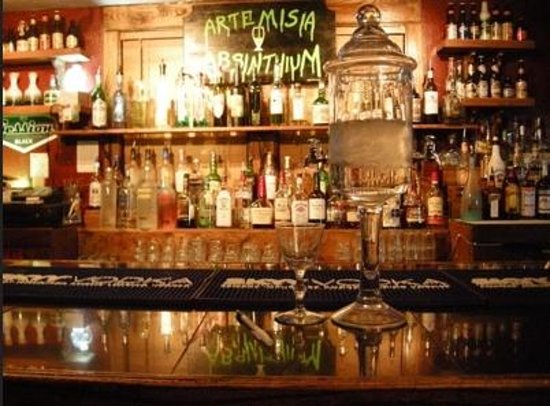
Library of Congress Nouvelle Orleans depicted as it may have appeared in 1802: Created by Mrs. Media Images Absinthe House bar, 1900: Few images survive depicting the interior of the famous bar during this period.
/cdn.vox-cdn.com/uploads/chorus_image/image/69717943/The_Splintered_Wand_A7R08142.0.jpg)
In February 1951, a Judge in Civil District Court, Parish of Orleans, State of Louisiana, dismissed Maspero’s lawsuit, ruling: “Legend means nothing more than hearsay or a story handed down from the past.” Both Maspero’s and Old Absinthe House still lay claim to the legend. Both establishments claimed to be the location where Andrew Jackson had met with Jean Lafitte. The owner of Maspero’s Exchange at 440 Chartres Street filed suit against the Old Absinthe House over the right to post the historical plaque on the building. The Battle of New Orleans was fought Jan. Claiborne met here with Jean Lafitte on the secret floor to plan for the defense of New Orleans. Legend has it that Andrew Jackson and Gov. In 1950, the Old Absinthe House installed a commemorative plaque, stating: “Old Absinthe House. Legend suggests that Major General Andrew Jackson conferred with privateer Jean Lafitte in a secret chamber on the second floor of the Old Absinthe House prior to the Battle of New Orleans.


Government banned the importation and sale of absinthe, alleging it was “dangerous to health.” Interstate shipment of the beverage was prohibited since it contained “wormwood, or absinthe (artemisia absinthium), an added deleterious ingredient.” Prohibition of absinthe was predicted to be the Old Absinthe House’s “death knell.” In the nineteenth century, the Old Absinthe House became famous for its cocktail, the absinthe frappe, also known as the “green monster,” a mixture of absinthe and sugar water. The Old Absinthe House, a stucco building at the corner of Bourbon and Bienville Streets, is one of the oldest structures in New Orleans, dating to approximately 1806. By Mary Ann Wegmann, Louisiana State Museum & University of New Orleans History Department Text


 0 kommentar(er)
0 kommentar(er)
